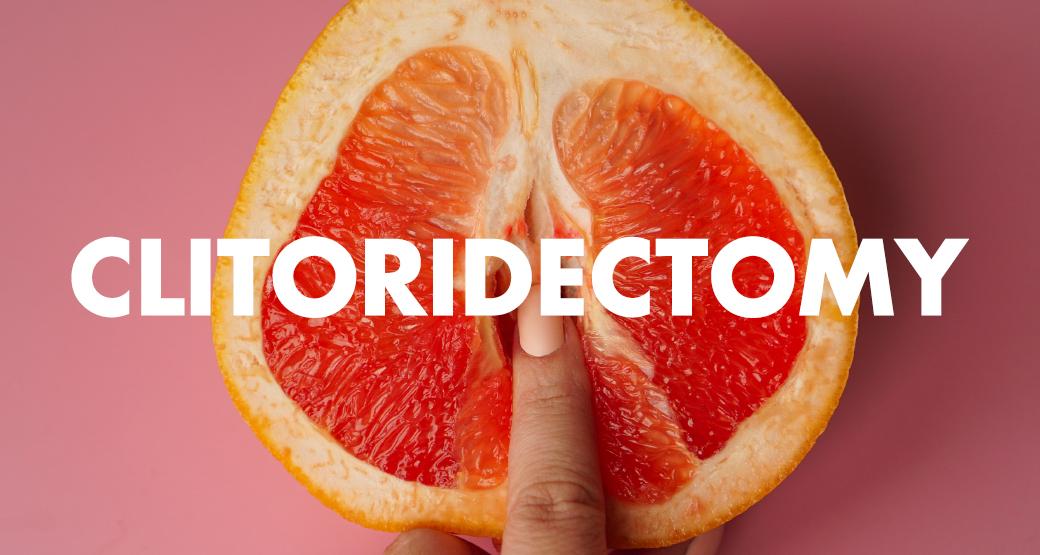The One About Female Genital Mutilation!
It’s time we talk about Female Genital Mutilation (FGM) on this blog. Have you heard of it before? According to the United Nations, it is estimated that 200 million girls and women alive today have undergone some form of FGM. Are you aware of its physical and mental consequences on women and further on society?
Let’s start from the basics.
What is Female Genital Mutilation?
As defined by WHO, FGM comprises all harmful procedures that involve partial or total removal of the external female genitalia (Vulva), or other injury to the female genital organs for non-medical reasons. It is often carried out by “traditional practitioners” in unsterile, domestic environments, using unsafe tools. It is mostly carried out on young girls between infancy and adolescence, and occasionally on adult women.

There are 4 types of FGM
Type 1: The clitoris or clitoral hood is partially or fully removed (clitoridectomy). The clitoris is the most sensitive erogenous zone of the female body and is the primary source of female sexual pleasure. It is part of the vulva.
Type 2: As well as the clitoris, the labia minora (inner vaginal lips) are partially or fully removed. The labia majora (outer lips) may also be cut.
Type 3: Also known as Infibulation. as well as the clitoris, the labia minora (inner vaginal lips) are partially or fully removed. The labia majora (outer lips) may also be cut.
Type 4: This includes all other harmful procedures to the female genitals such as pricking, piercing, rubbing, scraping and cauterisation.

Why does it happen?
FGM is often a tradition that is passed down through generations and is traced as far back as 2,200 BC- even before the advent of Christianity or Islam. It is based on a traditional belief in the need to control a girl’s sexuality and ensure her virginity until marriage, or to prepare her for marriage. Within many communities, once a girl is cut she is considered ready for marriage, regardless of her age. Despite the health risks, many parents maintain the tradition through fear that their daughter won’t be respected and may be ostracized by the community.


Where does it happen?
FGM is a global issue that occurs in over 90 countries across Africa, Asia, the Middle East and within diaspora communities worldwide. More than 3 million girls are estimated to be at risk of being cut annually. In Greece, 25-42% of girls who come from countries that practice genital mutilation are at risk of falling victims to it. All these numbers are based on estimates as it’s a subject that is feared to be discussed out of these communities until today.
WHY WE MUST STOP IT NOW?
Female Genital Mutilation (FGM) is a crime and a violation of women’s human rights. It puts the physical and mental well-being of thousands of women and girls at risk and in some cases it can even lead to their death. After undergoing FGC, a girl can experience urinary and menstruation problems, infections and later complications during labour. With all types of FGM, sex can be painful and traumatic. Women and girls who have undergone FGM Type 3 will often have to be re-cut to have sex or may experience forced penetration.
The procedure can also have a severe impact on mental health. It also increases the likelihood that a girl will leave school at a young age.


If you want to further educate yourself on the subject you can visit the following websites or you can watch the documentaries/movies mentioned below:
1.https://www.who.int/news-room/fact-sheets/detail/female-genital-mutilation
2.Documentaries: Excision (2013), Bref
3.Movie: Desert Flower (2009)
